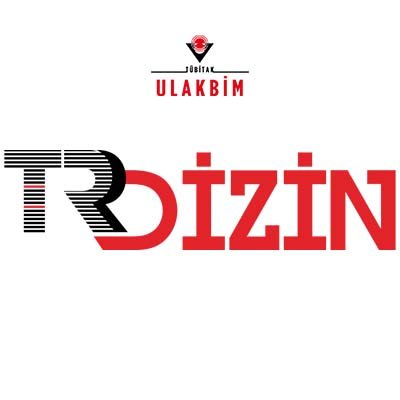Extreme biomechanical pressures are known to have an incremental effect on bone tissue. One method of testing the effects of mechanical loading on bone is through the analysis of bilateral asymmetries. The present study examined the relationship between tibial asymmetry and training frequency (days and hours per week) and history (years) in amateur athletes. The sample was comprised of 72 male and 54 athletes from Turkey. The subjects included football, basketball, volleyball and handball players. Bilateral tibia lengths were measured in all participants and for asymmetry analysis, directional (DA) and relative (RA) asymmetries were computed. According to results, tibia length displayed right-bias directional asymmetry in each sex. There were no significant differences between DA and RA values for each sex. Multiple regression analysis showed that there were positive association between training history (year) and tibial RA in male and female athletes; but there were no relationship between training frequency both RA and DA values. As a conclusion, it could be said that level of bilateral asymmetry of tibia length increases in parallel to increases in training history in amateur athletes.


.jpg)


.png)


